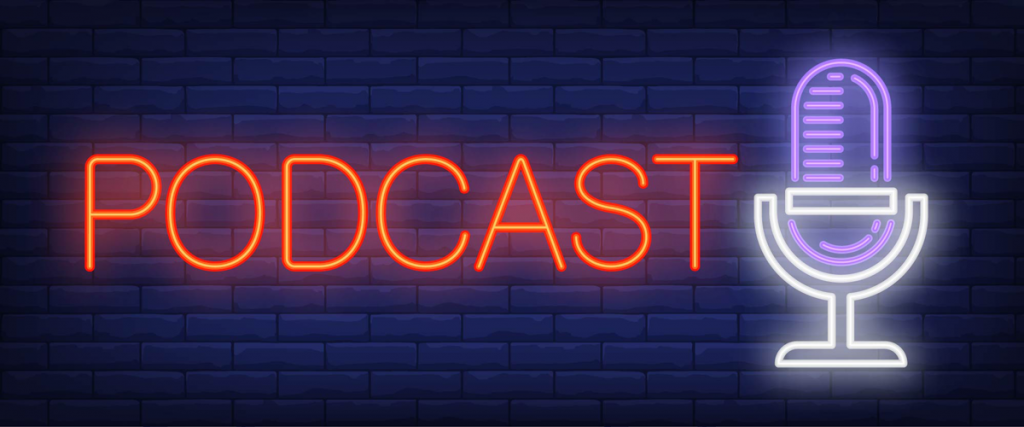Now MP3 files are compressed, but sometimes it an individual good yield. While with some programs, the resulting MP3 audio file is short of quality, and makes it tough to hear what happen to be saying due to the static or noise a person can hear. and podcatcher, liulo.fm, even the low voice that has occurred as a result of compression from the large WAV file.
Now honestly, sometimes if you would like to produce a podcast, you don’t even do you need a microphone. A number of programs (like Camstudio), you can set it up to record the audio as it plays on the netbook. So if you have a text-to-speech program, you make use of this text-to-speech program directed an MP3 file for that you’ll upload to your podcast listings.

At this occassion you can have already defined what you want to do with your podcast, how much time it will be, and also the base format. Now you get to start the business of creating your podcast.
For example, you’d record your introduction as one audio submit. Answering emails from readers would as being a different audio file. The business include content may a separate audio information. You’ll end up with multiple files that may possibly be put together to create an entire episode.
You want an Rss added on your own podcast inside your are to submit it to a directory. This works much like a blog directory. Wishes a basic procedure; there are many different feeds to choose from- try doing a Google search to pick one up.
Record your PODCAST. You can start off by using a free application like Audacity, but for two bucks you should use something more professional like Adobe Audition or Garage Band.
There are 4 tools that you will need. A computer, a microphone, headset (optional), and recording programs. You will need to record in mp3 format. A free of charge recording software program that I like to recommend is Audacity. If you haven’t used recording software before, there are tutorials about the Audacity world-wide-web site. You can also find tutorials at Vimeo.


